Your Guide to Sauna Types: Which Style Matches Your Needs Best?
More Than Just Heat—Discovering the Right Sauna for You
If you've ever felt overwhelmed by all the different sauna options out there, you're not alone. From traditional steam rooms to high-tech infrared cabins, there’s a sauna type for every preference—but which one is truly right for you? In this comprehensive guide, we’ll explore the most popular types of saunas, compare their health benefits, heating methods, and features, and help you decide based on your lifestyle, health goals, and home setup. Whether you're a wellness enthusiast or simply looking to elevate your self-care game, you’ll find everything you need to make an informed choice.

1. Traditional Saunas: The Classic Choice for Intense Heat Lovers
Also Known As: Finnish saunas, dry saunas
Primary Heating Method: Electric or wood-burning heaters
Typical Temperature: 150–195°F (65–90°C)
Key Features:
- Heated rocks for steam and dry heat
- Requires preheating (up to 30-45 mins)
- Encourages heavy sweating and detoxification
Health Benefits:
- Cardiovascular improvement (increased heart rate mimics light cardio)
- Improved skin appearance due to intense sweating
- Immune support from regular high-heat exposure
Best For:
- Sauna traditionalists
- People who enjoy high-heat, steam experiences
- Outdoor or spacious indoor installations
Real User Scenario: “I grew up with my grandfather’s old wood-burning sauna in Minnesota. The smell of the cedar and the heat from those rocks—it’s the ultimate way to unwind. Now, I’ve installed a similar one outside my home. It’s more than heat; it’s heritage.”
Explore Traditional Options: Browse Traditional Saunas
2. Infrared Saunas: The Modern Wellness Favorite
Types: Far Infrared (FIR), Near Infrared, and Full-Spectrum
Primary Heating Method: Infrared light panels
Typical Temperature: 110–140°F (43–60°C)
Benefits:
- Deep tissue penetration at lower temps
- Faster heating and energy-efficient
- Great for chronic pain, muscle recovery, and relaxation
Scientific Backing: A 2019 study published in the journal Complementary Therapies in Clinical Practice found that infrared saunas reduced chronic pain and fatigue in patients with rheumatoid arthritis and ankylosing spondylitis.
Subtypes to Explore:
Great For:
- Home users with limited space
- Individuals with heat sensitivity
- People with joint or muscle issues
Care Tips: Wipe down infrared panels weekly. Keep a towel under your feet to absorb sweat and reduce cleaning time.
3. Hybrid Saunas: The Best of Both Worlds
Heating Method: Combines infrared and traditional heating
Why Choose Hybrid?
- Flexibility to switch heat styles
- Full-body benefits: circulation + deep detox
- Ideal for families or couples with varying heat tolerance
Real Use Case: “My partner prefers the intense steam of a traditional sauna, while I like the gentler infrared sessions. Our hybrid model lets us both get what we want.”
Take a Look: Hybrid Sauna Collection
Want help choosing? Try the Sauna Quiz and find your perfect fit in less than 2 minutes!
4. Barrel Saunas: Functional Meets Aesthetic
Best Known For: Outdoor use, eye-catching design
Advantages:
- Efficient heat distribution
- Rustic, Scandinavian appeal
- Weather-resistant wood construction
Perfect For:
- Garden or backyard setups
- Couples or small families
Care Tips: Apply sealant to exterior wood annually. Keep roof clear of snow to prevent warping.
Explore Designs: Barrel Sauna Collection
5. Indoor vs Outdoor Saunas: Location Matters
Indoor Saunas:
- Easier access year-round
- Requires proper ventilation and moisture control
Outdoor Saunas:
- Ideal for scenic relaxation
- Needs durable build against elements
Pros & Cons Table:
| Feature | Indoor Saunas | Outdoor Saunas |
|---|---|---|
| Accessibility | Easy to access anytime | Weather-dependent |
| Privacy | High if in home bathroom or spa room | High if placed strategically |
| Ambiance | More clinical | Natural, scenic |
| Construction Need | Ventilation, humidity protection | Weatherproofing, concrete base |
Collections to Browse:
6. Saunas with Red Light Therapy: Beauty Meets Healing
What Is It?
- Integrates red light panels into infrared saunas
- Aims to promote skin rejuvenation and cellular repair
Scientific Insight: According to a 2020 review in Lasers in Medical Science, red light therapy shows promise in reducing inflammation and stimulating collagen for anti-aging effects.
Ideal For:
- Anti-aging routines
- Inflammation reduction
Shop Now: Red Light Therapy Saunas
7. Choosing the Right Sauna Heater
Heater Types:
- Electric (most common)
- Wood-burning (for rustic charm)
- Infrared emitters (for gentle, radiant heat)
What to Consider:
- Room size
- Preferred temperature and heat-up time
- Energy efficiency
Helpful Tool: Try the Sauna Calculator to estimate power needs.
Explore Options: Sauna Heater Collection
8. Sauna Maintenance and Installation: What to Know Before You Buy
Key Considerations:
- Space Requirements: Make sure you have enough room for ventilation and access to electrical outlets (for indoor saunas).
- Power Source: Infrared and electric saunas require different voltage setups (120V or 240V).
- Moisture Protection: Especially for indoor installations, use vapour barriers and water-resistant flooring.
- Assembly: Some models arrive preassembled; others require professional installation or DIY setup.
Maintenance Tips:
- Weekly Cleaning: Wipe down benches and walls with a damp cloth. Use mild soap occasionally.
- Monthly Check: Inspect heaters, electrical connections, and wood for signs of damage.
- Annual Maintenance: Refinish exterior wood (especially for barrel and outdoor saunas) and check insulation.
Tool to Help: Use the Sauna Energy Calculator to estimate your sauna’s power consumption.
FAQ: What Do People Ask Most About Sauna Types?
What’s the healthiest type of sauna?
Infrared saunas are often recommended for their gentle heat and ability to deeply penetrate tissue.
What sauna is best for detox?
Full-spectrum or far-infrared saunas are highly effective due to their deep sweat-inducing capabilities.
Is wood better than electric heat?
Wood provides an authentic feel and aroma, while electric is easier to control and install.
How long should I stay in a sauna?
15–30 minutes depending on the type of sauna and your health condition.
Can saunas help with stress?
Yes. Regular sauna use is linked with reduced cortisol levels and increased endorphins.
Additional Resources
For readers who want to go deeper into the science and practical use of saunas, here are a few trusted sources worth exploring:
- Mayo Clinic: Infrared saunas — Are they safe? – Mayo Clinic's answer to safety questions surrounding infrared sauna use.
- PubMed Central: Cardiovascular and other health benefits of sauna bathing – A peer-reviewed study on the physiological effects of sauna use.
Conclusion: Your Sauna, Your Sanctuary
Choosing the right sauna is more than just picking a model—it’s about matching it to your lifestyle, wellness goals, and space. Whether you’re drawn to the timeless ritual of traditional heat or the cutting-edge tech of infrared therapy, Infinite Sauna offers a solution crafted for your needs.
Ready to explore further? Browse our full range or take the Sauna Quiz to find your perfect match today.

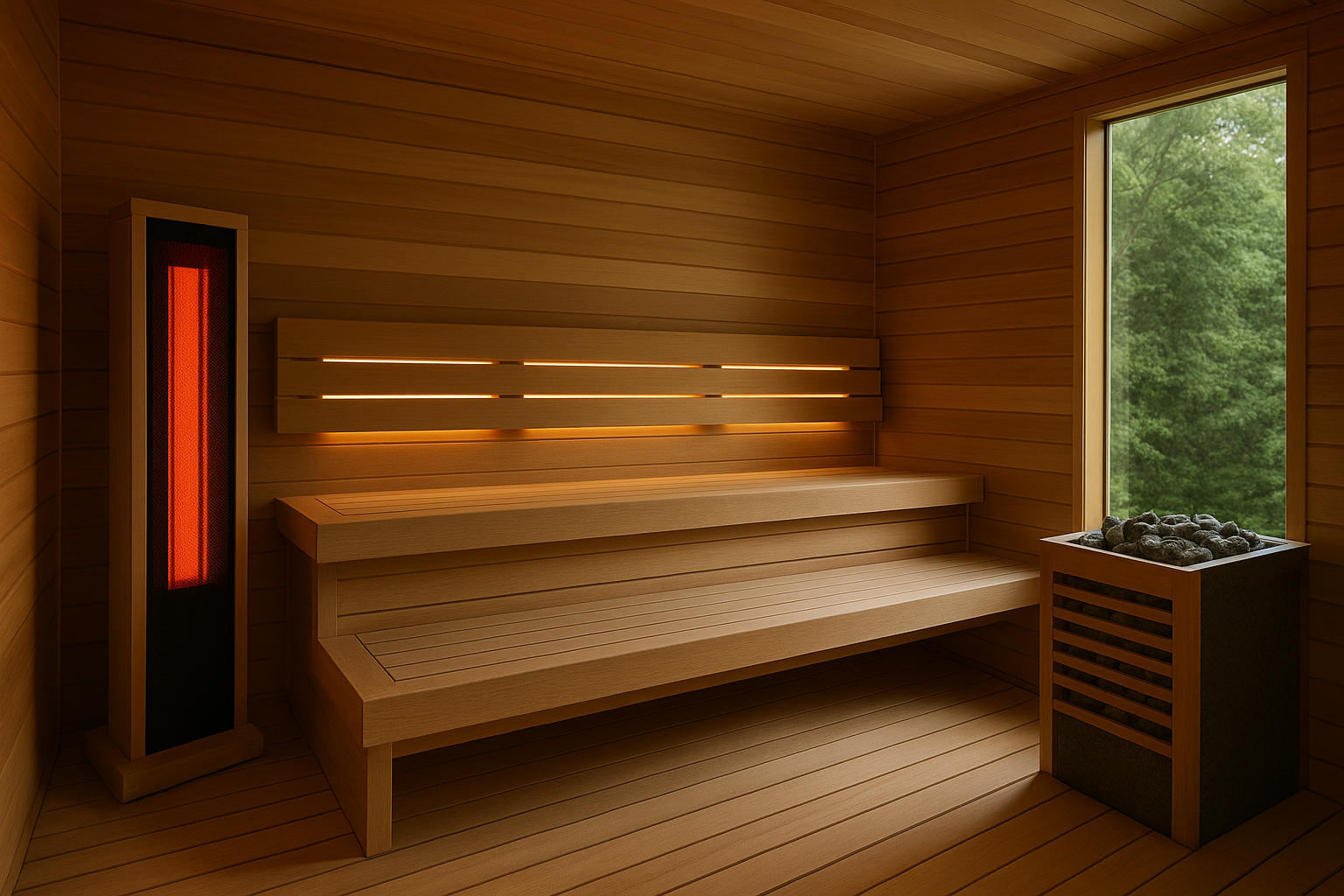

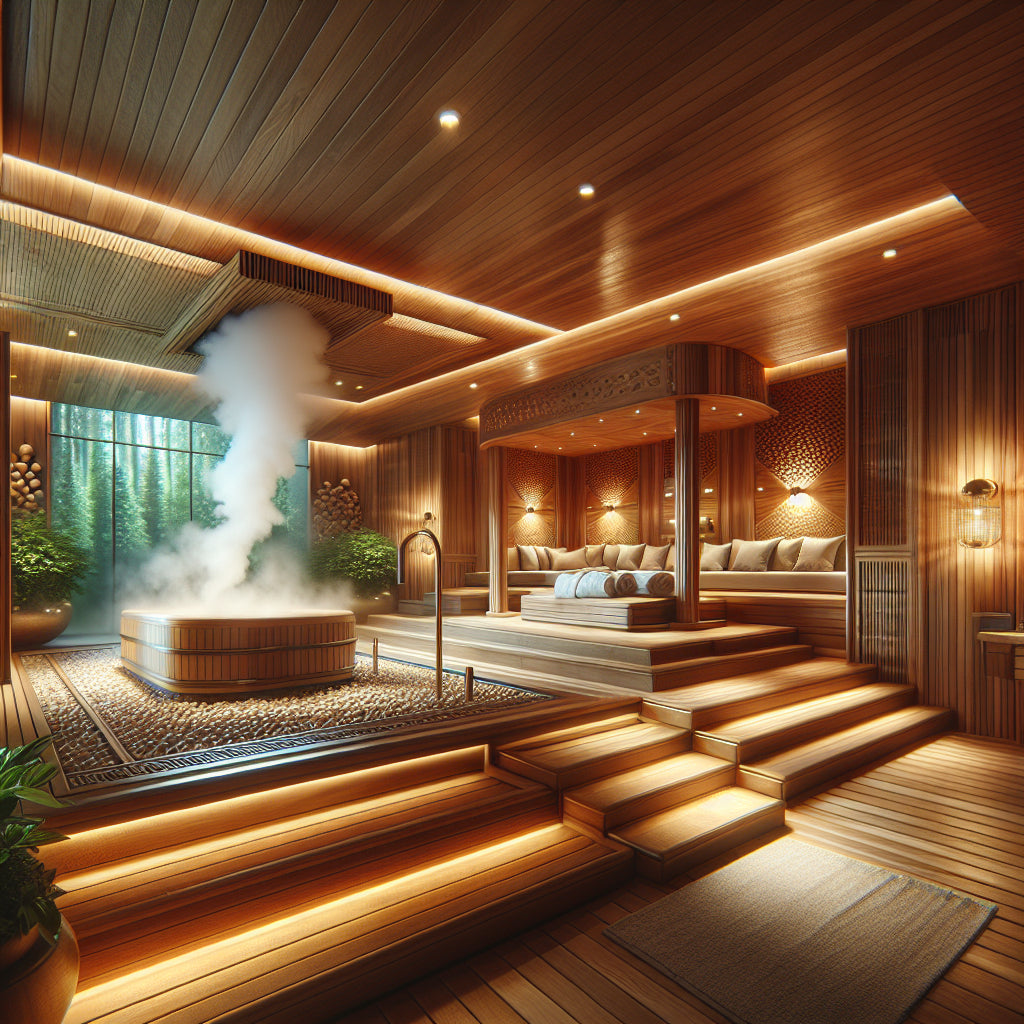

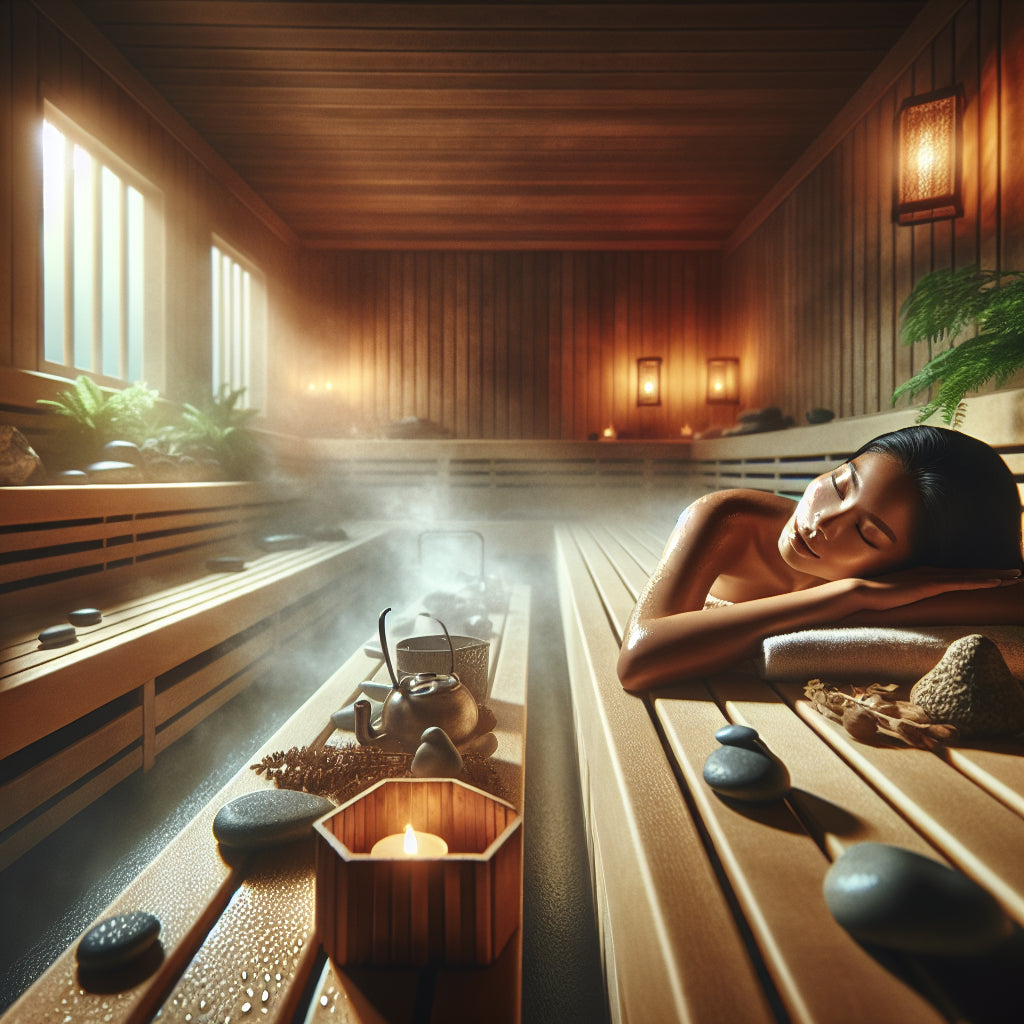
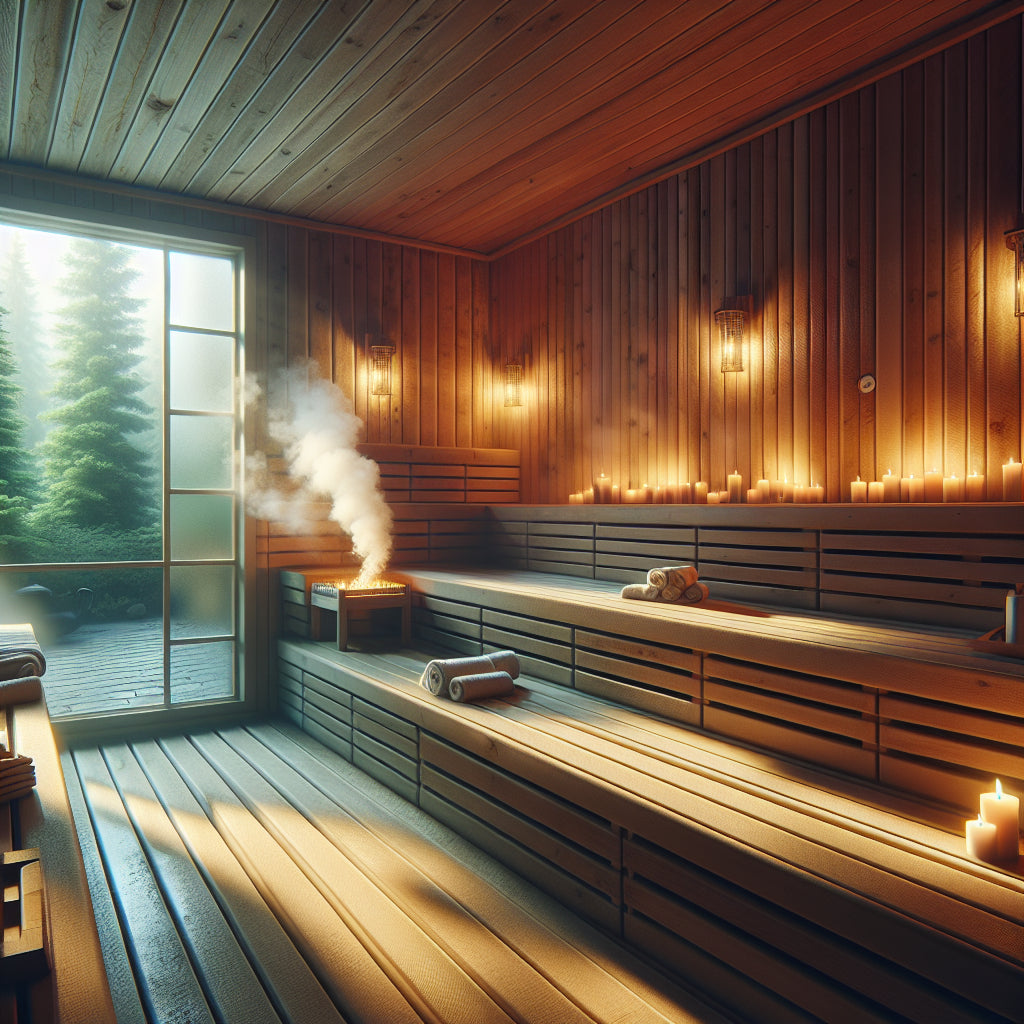

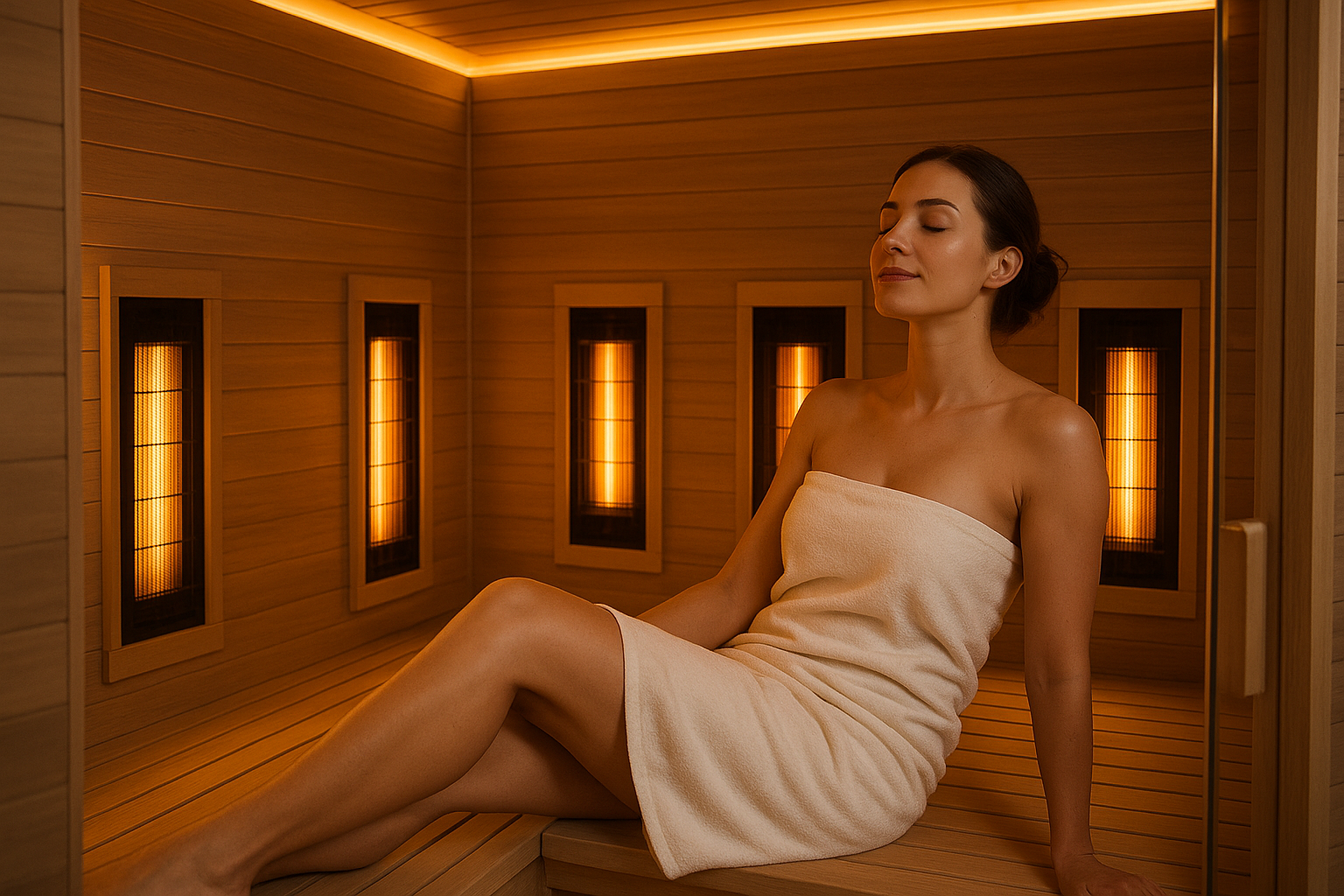

Leave a comment
This site is protected by hCaptcha and the hCaptcha Privacy Policy and Terms of Service apply.